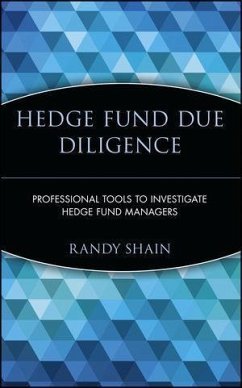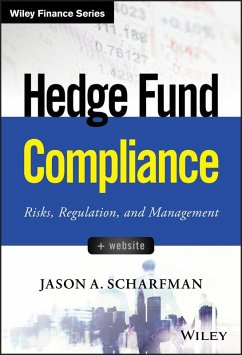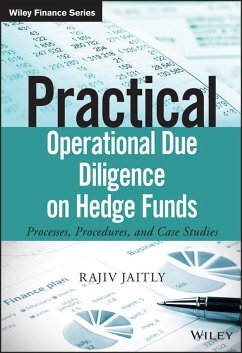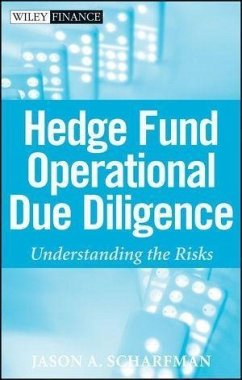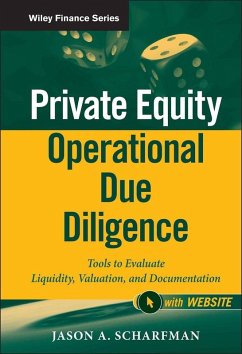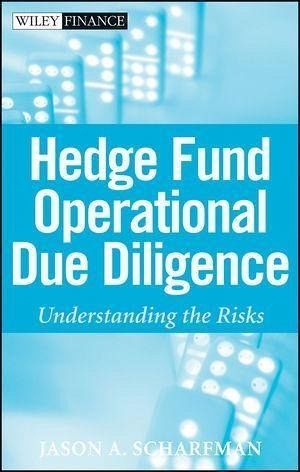
Hedge Fund Operational Due Diligence (eBook, ePUB)
Understanding the Risks
Versandkostenfrei!
Sofort per Download lieferbar
74,99 €
inkl. MwSt.
Weitere Ausgaben:

PAYBACK Punkte
0 °P sammeln!
How to diagnose and monitor key hedge fund operational risks With the various scandals taking place with hedge funds, now more than ever, both financial and operational risks must be examined. Revealing how to effectively detect and evaluate often-overlooked operational risk factors in hedge funds, such as multi-jurisdictional regulatory coordination, organizational nesting, and vaporware, Hedge Fund Operational Due Diligence includes real-world examples drawn from the author's experiences dealing with the operational risks of a global platform of over 80 hedge funds, funds of hedge funds, pri...
How to diagnose and monitor key hedge fund operational risks With the various scandals taking place with hedge funds, now more than ever, both financial and operational risks must be examined. Revealing how to effectively detect and evaluate often-overlooked operational risk factors in hedge funds, such as multi-jurisdictional regulatory coordination, organizational nesting, and vaporware, Hedge Fund Operational Due Diligence includes real-world examples drawn from the author's experiences dealing with the operational risks of a global platform of over 80 hedge funds, funds of hedge funds, private equity, and real estate managers.
Dieser Download kann aus rechtlichen Gründen nur mit Rechnungsadresse in A, B, BG, CY, CZ, D, DK, EW, E, FIN, F, GR, HR, H, IRL, I, LT, L, LR, M, NL, PL, P, R, S, SLO, SK ausgeliefert werden.




